The ConnectDER (pdf) attaches directly to your electric meter, accepting wiring from electric vehicle (EV) charging systems or up to 15 kWac of solar power, and of course it has appropriately sized fuses. The purpose of the unit is to allow installation professionals to skip dealing with a home’s electric panel, lowering labor, hardware, and—eventually—paperwork soft costs.
ConEdison is now offering, free of charge, the ConnectDER to all residential customers who install solar panels or electric vehicle chargers. The utility suggests avoiding an upgrade to the home’s circuit breaker panel can save a customer up to $2,500.
ConEdison ran a two-year pilot program where it installed 300 of the devices on Staten Island, and suggests the units give it greater insight into the generation and demand of distributed solar and EV chargers.

The basic version—possibly the Simple ConnectDER (above) versus the Smart ConnectDER (below)—costs about $400, though this information wasn’t available from the manufacturer. ConnectDER’s website suggests that more than 5,000 of the units have been installed.
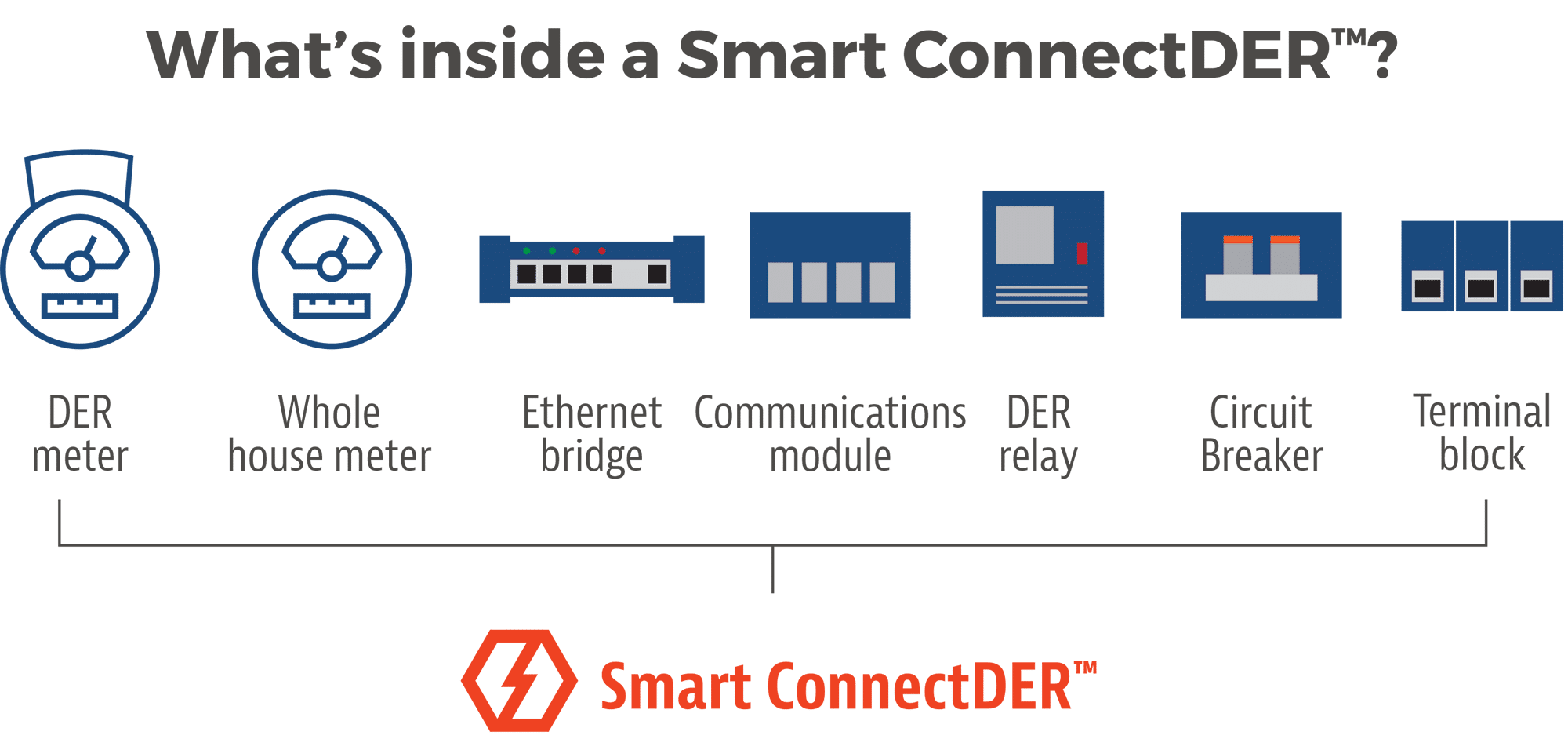
The product is a collar that is installed between a standard 2-phase residential electric meter and a meter socket case. The collar is equipped with two electrical interfaces in a terminal block, which connect to the circuit below the home’s metering point (a line side tap). Solar PV is connected to the grid by wiring it to the terminals.
With the California mandate requiring all new homes to have solar power, and groups like Green Mountain Power allowing Tesla to be your utility approved home monitoring system, and electric utilities getting ready for 100% solar power by controlling inverters, it seems there is a fully opened front on innovation where solar power interconnects to the grid. The costs associated with this work represents at least 10% of the costs—onsite labor and hardware—of a residential solar power installation.
This piece of hardware, if we outfit homes at the time of construction, gives a pathway to refinement of the engineering needs, simplification of permitting, and quickening of interconnection documentation, all of which slow down the installation process (and that time between processes in and of itself adds costs). These soft costs are what stand between us and $1/W residential solar power.
This content is protected by copyright and may not be reused. If you want to cooperate with us and would like to reuse some of our content, please contact: editors@pv-magazine.com.
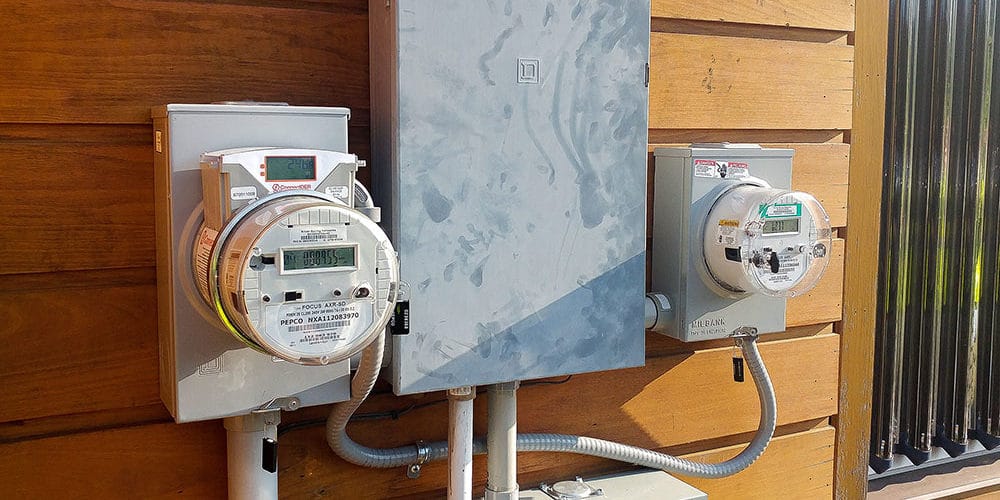



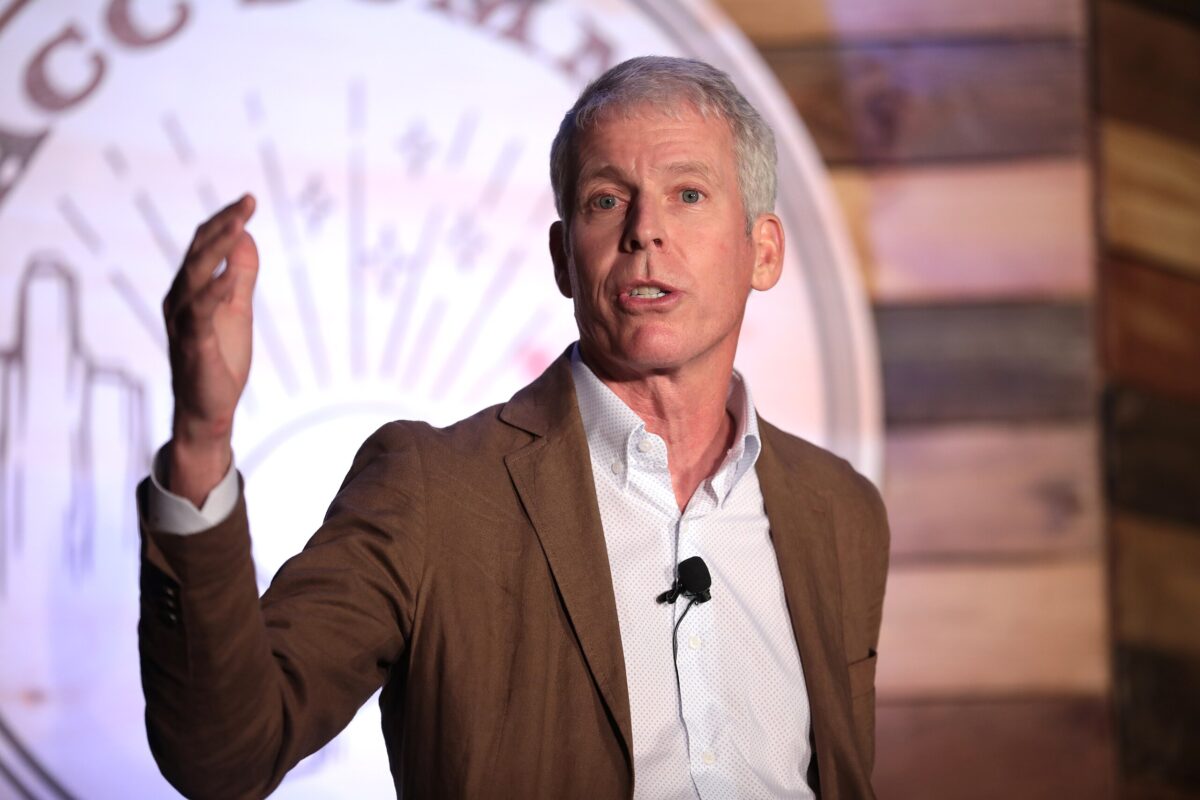



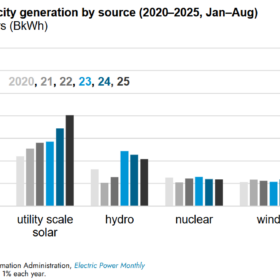
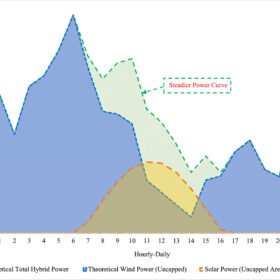

I thought this was great until I saw the cost. Fact is you can get a 240ac outlet installed for half that price.
Nor does home panels need upgrading as you are generating power, not using it.
So the power going back into the grid will always increase capacity if anything. unless over the panels ratings and I’ve never seen below a 60 amp panel.
And one can just put it next to and wired to the meter meaning doesn’t even go through the panel.
Let’s get the price to $150 and it’ll be more viable.
$400 + install seems like a reasonable cost to avoid having to upgrade a panel. A lot of older homes will need a complete panel upgrade when/if they go to solar which is at least $2-3k around here. I know my 1972 home will. I do have enough available to put a 240v for an EV charger, but since my Volt still charges pretty slowly with 240v I have decided until I get a “real” EV there is no reason to pay to run a 240v line to the garage.